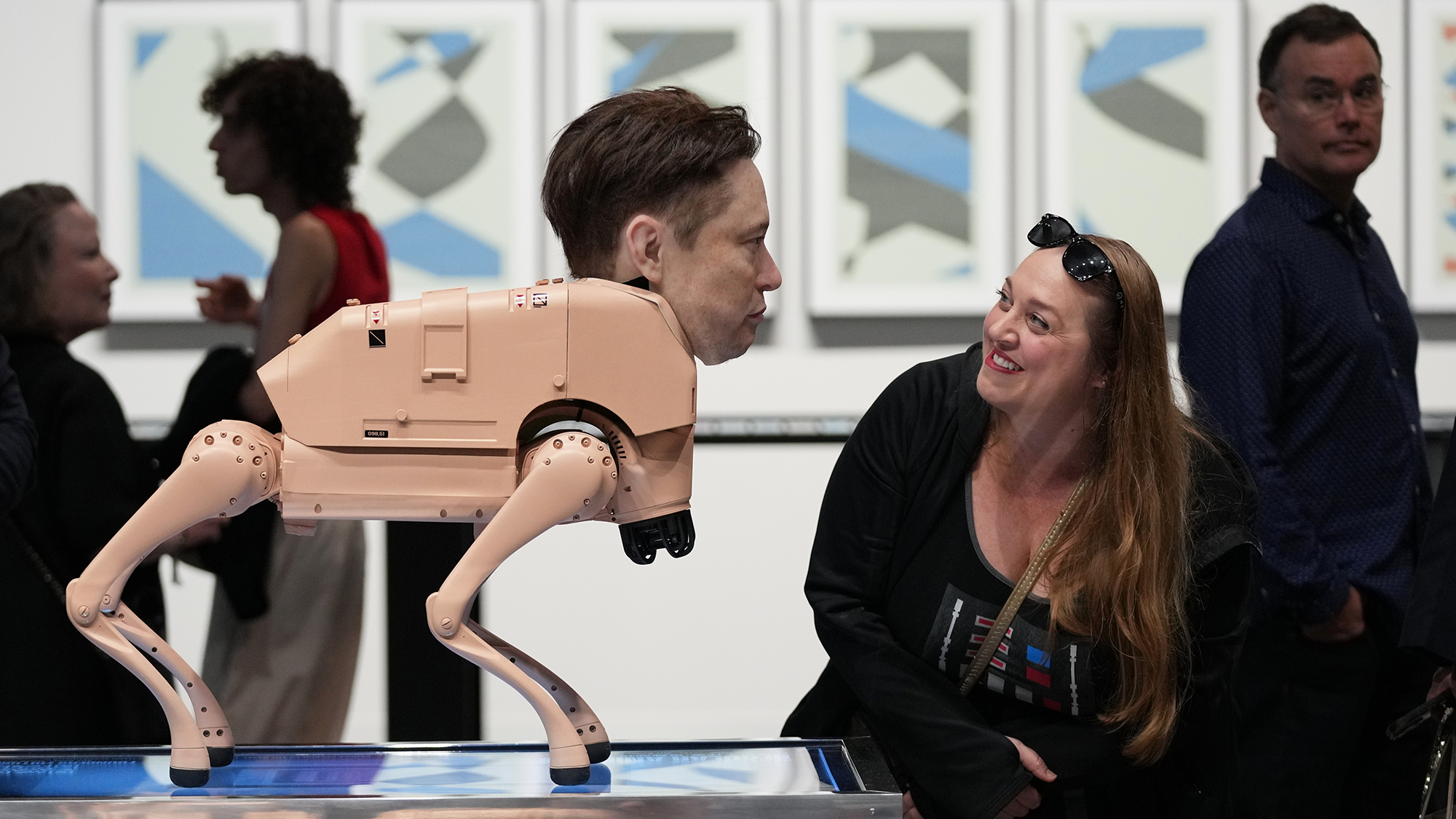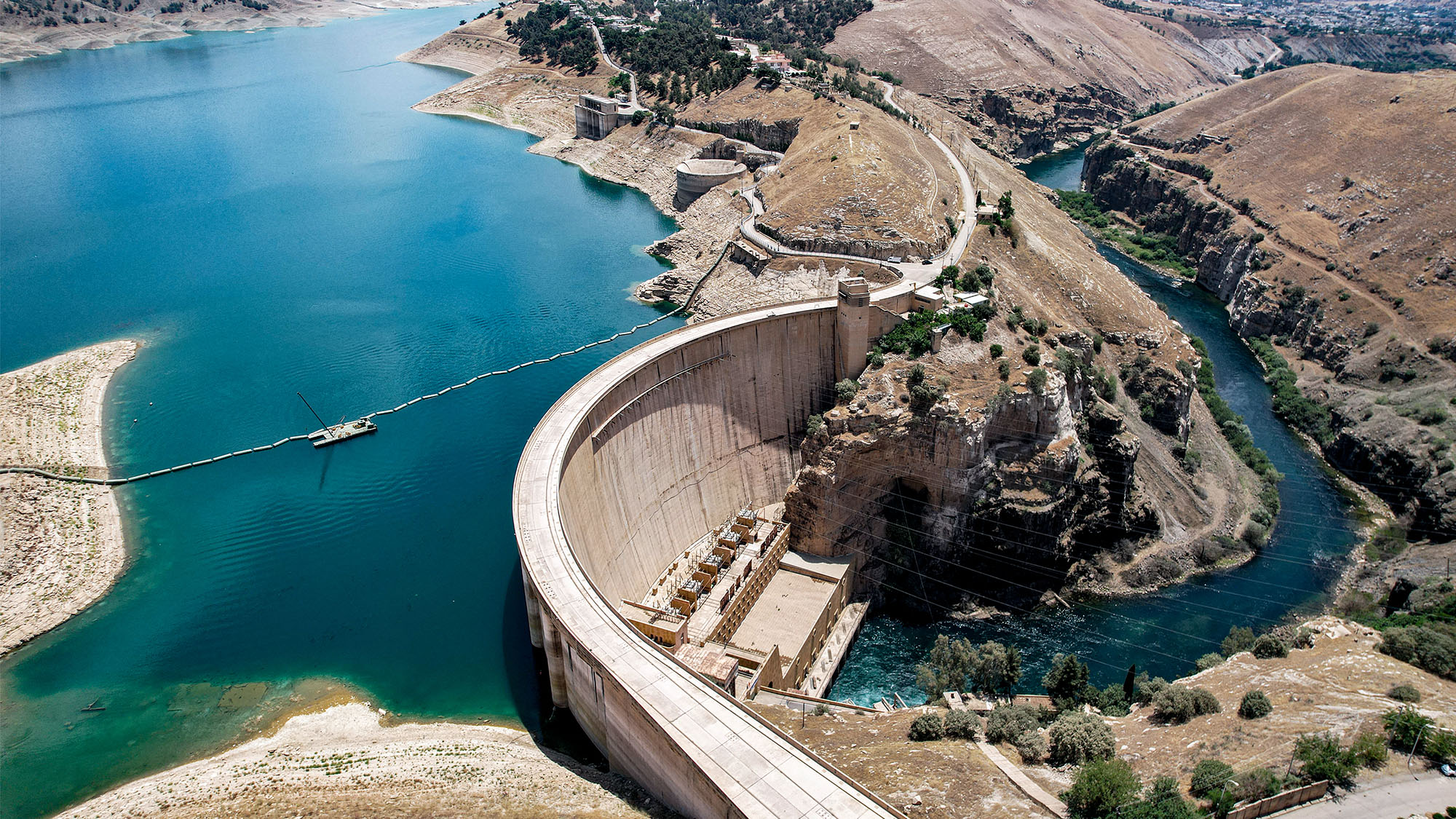Exhibit of the week: Gabriel Metsu: 1629–1667
The National Gallery of Art's retrospective of Metsu's work is a reminder that the Dutch genre painter was once more popular than Jan Vermeer.
National Gallery of Art, Washington, D.C.
Through July 24
History hasn’t been kind to Gabriel Metsu, said Karen Rosenberg in The New York Times. In the 17th century, the Dutch genre painter was “the gold standard of the Golden Age,” flattering the Amsterdam elite with poshly appointed courtship scenes. Jan Vermeer, by contrast, was an also-ran—a lesser Metsu. Flash forward three centuries and the tables have turned, as Vermeer’s paintings “bait blockbuster crowds” while Metsu hasn’t rated a single retrospective until this, the National Gallery’s “charming and conventional-wisdom-testing show.” Metsu was a gifted audience pleaser: Coy sexual innuendo always killed. In typical paintings, “comely men surprise elegant ladies at their dressing tables or music practice. They offer drinks and other enticements.” In one barely veiled proposition, a hunter presents a lady with his quarry’s warm flesh. You can see why 18th-century French collectors adored this jester.
The Week
Escape your echo chamber. Get the facts behind the news, plus analysis from multiple perspectives.

Sign up for The Week's Free Newsletters
From our morning news briefing to a weekly Good News Newsletter, get the best of The Week delivered directly to your inbox.
From our morning news briefing to a weekly Good News Newsletter, get the best of The Week delivered directly to your inbox.
It was all going along so swimmingly, said Blake Gopnik in TheDailyBeast.com. Until the 19th century, “sophisticated audiences by far preferred Metsu’s detail-filled storytelling to Vermeer’s cryptic, detached observation.” They wanted to study the pictures’ clues, to solve their mysteries. In one densely layered canvas, Woman Reading a Letter, there’s a lot to ponder: “a lone slipper sitting unexplained in the foreground, a cute dog, a basket of laundry, a maid and a mistress and a painting,” all meant to pique curiosity. “Who sent the letter? What does it say? What is the maid’s view of things? And the dog’s?” In Vermeer’s hands, the scene would have been merely a scene, a snapshot of a moment in life. That, in short, is how Vermeer landed on top. With the rise of cameras, photo-realism became recognized as “a new modern norm,” and Vermeer had that quality in spades.
What the Delft master didn’t possess was the “supreme weirdness” found in Metsu’s best works, said Philip Kennicott in The Washington Post. In his 20s, Metsu did a quirky portrait of himself as a hunter dressing after a swim. “The large, naked form takes up an unseemly amount of the pictorial space, and the hunter is not a sinewy Actaeon,” but “a somewhat lumpy man who seems on the cusp of robust early middle age.” That choice, in itself, is modern far beyond its time. In the spirit of contemporary performance art, the image asserts: “Here I am, Metsu—unveiled, unashamed, imperfect, and unflinching in my confrontation with my audience.”
A free daily email with the biggest news stories of the day – and the best features from TheWeek.com
-
 Quiz of The Week: 29 November – 5 December
Quiz of The Week: 29 November – 5 DecemberQuiz Have you been paying attention to The Week’s news?
-
 The week’s best photos
The week’s best photosIn Pictures A drive in the desert, prayers with pigeons, and more
-
 The Week Unwrapped: Will drought fuel global violence?
The Week Unwrapped: Will drought fuel global violence?Podcast Plus why did Trump pardon a drug-trafficking president? And are romantic comedies in terminal decline?